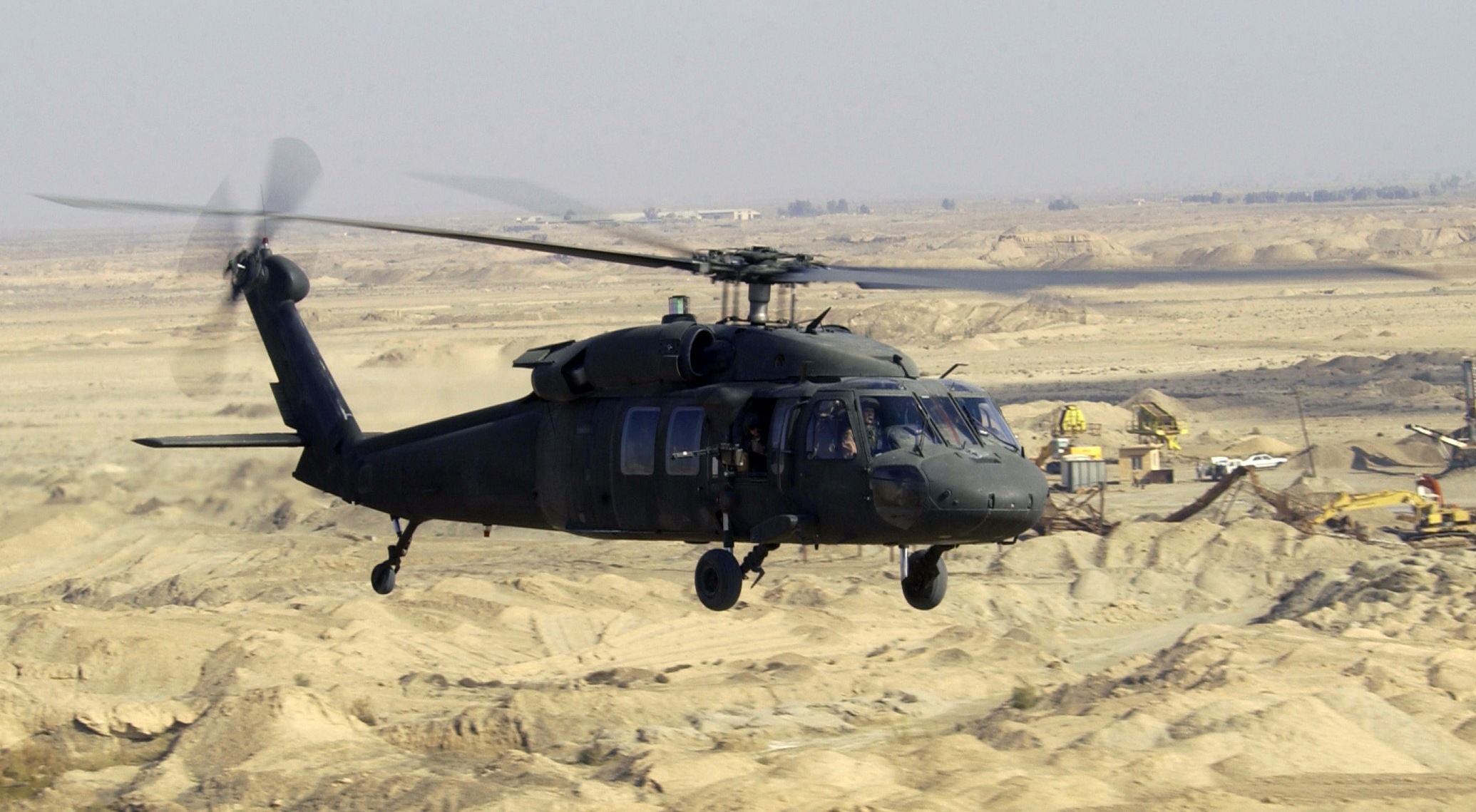Background and Advancement of the UH 60 Black Hawk Helicopter
Background and Advancement of the UH 60 Black Hawk Helicopter
Blog Article
The Impact of Sustainable Practices on the Future of Airplane Workflow and Emissions Reduction
As the aeronautics industry encounters increasing examination over its ecological impact, the adoption of lasting practices emerges as an essential path toward future aircraft operations and discharges decrease. Advancements in sustainable air travel fuels and advancements in crossbreed propulsion modern technologies stand at the leading edge of this makeover, encouraging substantial reductions in greenhouse gas exhausts. The successful combination of these efforts hinges on a selection of elements, including regulatory frameworks and industry partnership. The question remains: how will these evolving techniques reshape the dynamics of air travel and add to an extra sustainable future?

Review of Lasting Practices
Lasting methods in aircraft operations include an array of strategies targeted at minimizing environmental influence while preserving functional effectiveness. These techniques are crucial in the air travel sector's dedication to minimizing its carbon impact and sticking to global ecological standards. Key efforts consist of optimizing trip paths to lower gas consumption, improving maintenance methods to make certain aircraft operate at peak effectiveness, and implementing advanced innovations such as winglets and lightweight materials that improve aerodynamics.

Training and engaging team on sustainability techniques also play a crucial role, promoting a society of environmental responsibility within companies. Generally, the combination of these sustainable practices not only assists reduce exhausts yet additionally enhances the long-term feasibility of the aeronautics market, guaranteeing it meets the demands of both customers and governing bodies while adding to worldwide sustainability goals.
Cutting-edge Fuel Alternatives
Numerous ingenious fuel choices are emerging as essential remedies to minimize the air travel sector's dependence on traditional nonrenewable fuel sources. Amongst these choices, Sustainable Aviation Gas (SAFs) have actually obtained substantial attention because of their prospective to lower lifecycle greenhouse gas emissions by up to 80% compared to standard jet fuels. SAFs are acquired from different feedstocks, consisting of waste oils, farming deposits, and also algae, making them a versatile choice for the market.
One more promising option is hydrogen fuel, which, when made use of in fuel cells, produces only water vapor as a byproduct. This zero-emission potential presents a substantial opportunity for decarbonizing flight operations, particularly for short-haul flights and local aircraft. In addition, electric propulsion systems are being explored, leveraging battery modern technology to power aircraft. While current battery capacity limitations variety and haul, ongoing advancements might quickly provide electric trips viable for certain applications - uh 60.
Last but not least, biofuels originated from biomass are being examined, providing a renewable choice that can be combined with standard fuels. Jointly, these cutting-edge fuel choices stand for a crucial step toward attaining a lasting air travel ecological community, aligning with international discharges reduction targets and enhancing the market's ecological stewardship.
Technological Advancements in Air Travel

Just how can technological innovations improve the future of aeronautics? Advancements such as hybrid and electrical propulsion systems are at the leading edge, appealing substantial reductions in fuel consumption and greenhouse gas emissions.
In addition, the application of innovative materials, such as lightweight compounds, contributes to improved aerodynamics and gas effectiveness. Making use of expert system and device discovering in trip operations optimizes course planning and minimizes gas melt by enabling real-time modifications based upon weather and website traffic problems. In addition, the advancement of autonomous and remotely have a peek at this website piloted aircraft systems stands to transform freight and traveler transport, potentially boosting effectiveness while lessening human mistake.
Furthermore, sustainable air travel modern technologies, consisting of sophisticated air web traffic administration systems, can reduce and simplify procedures congestion, resulting in reduced emissions throughout trip. These innovations jointly represent a standard shift in air travel, promising a future where sustainability and functional performance are intertwined, therefore sustaining the sector's dedication to lowering its environmental influence.

Regulatory Structure and Conformity
In light of the expanding emphasis on ecological stewardship within the aeronautics industry, the governing framework governing airplane operations is progressing to promote sustainable techniques. Governing bodies, such as the International Civil Aviation Company (ICAO) and various nationwide aeronautics authorities, are presenting rigorous guidelines targeted at reducing discharges and boosting operational effectiveness.
These laws often include the fostering of Lasting Aeronautics Gas (SAF), which has actually more been acknowledged as a key element in achieving reduced carbon impacts. Furthermore, conformity with these policies needs airlines to carry out functional methods and advanced technologies, such as optimized trip courses and enhanced air web traffic monitoring, to reduce fuel consumption.
Additionally, the enforcement of exhausts trading plans and carbon countering initiatives is ending up being increasingly common, engaging airlines to monitor and report their exhausts accurately. Non-compliance can lead to significant fines, thus pushing drivers to prioritize sustainability in their company versions.
Ultimately, the developing regulatory landscape not only drives technology and investment in environment-friendly technologies but likewise promotes a culture of responsibility within the aeronautics industry. As these frameworks proceed to establish, the concentrate on sustainable practices will be indispensable to attaining the sector's long-term ecological goals.
Future Trends in Airplane Operations
As the aviation industry adapts to a progressively strict governing atmosphere, future patterns in airplane procedures are readied to concentrate on cutting-edge remedies that better enhance sustainability and efficiency - uh 60. Secret developments will likely consist of the fostering of advanced air website traffic monitoring systems, which utilize real-time data and expert system to enhance trip courses, minimizing fuel usage and discharges
An additional considerable fad is the enhanced assimilation of lasting aviation fuels (SAFs) These options to traditional jet fuel, stemmed from sustainable sources, can dramatically reduce lifecycle greenhouse gas discharges. The industry's dedication to SAFs will likely accelerate as airline companies team up with fuel producers to guarantee accessibility and cost-effectiveness.
In addition, the press in the direction of electrification and crossbreed propulsion systems is gaining energy. Emerging aircraft designs will incorporate these modern technologies, providing quieter and extra efficient procedures, especially for short-haul trips.
Conclusion
Finally, the integration of lasting methods in airplane operations holds considerable potential for discharges decrease and improved efficiency. The adoption of sustainable aeronautics fuels, coupled with advancements in hybrid and electric propulsion systems, is necessary for lessening lifecycle greenhouse gas emissions. Moreover, optimizing trip paths and embracing ingenious modern technologies add to a quieter and extra eco-friendly aviation market. Jointly, these efforts align with global sustainability objectives and lead the way for a greener future in aviation.
Technologies in lasting aeronautics fuels and innovations in hybrid propulsion technologies stand at the center of this transformation, promising significant reductions in greenhouse gas discharges.Countless innovative gas choices are emerging as critical solutions to decrease the aviation sector's reliance on conventional fossil fuels - uh 60. Amongst these options, Sustainable Aviation Fuels (SAFs) have obtained significant focus due to their possible to decrease lifecycle greenhouse gas exhausts by up to 80% check my source compared to conventional jet gas.One more significant pattern is the boosted assimilation of lasting aeronautics gas (SAFs) The adoption of sustainable air travel fuels, paired with improvements in electric and hybrid propulsion systems, is necessary for reducing lifecycle greenhouse gas exhausts
Report this page